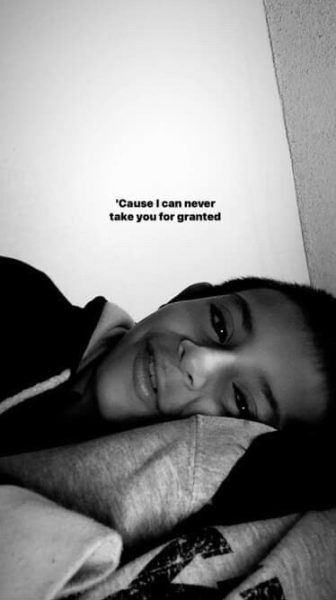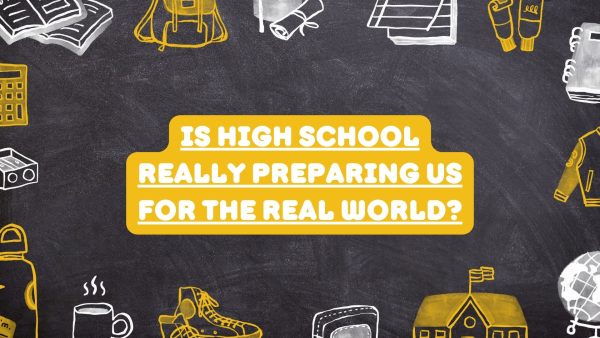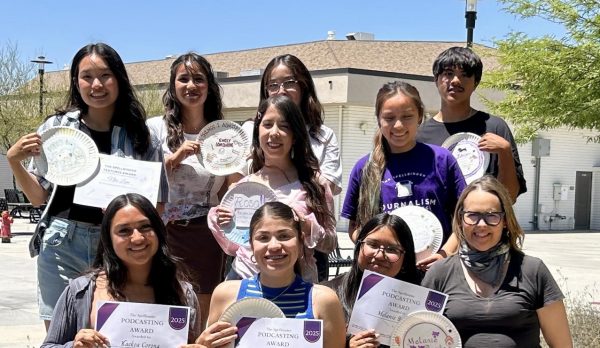Letter from the editor: why the Spellbinder went digital

We live in a society where our lives happen to be very heavily influenced by technology, and this often results in the “paper-made” products of yesterday, such as newspapers, to go modern.
I bet you’re wondering, “Why did The Spellbinder go online?” The Los Angeles Times, The Washington Post, The New York Times, and even the Orange County Register, our local city newspaper, have gone online. You may think that we’re trying to fit in, to be like the successful papers, but rather it was to provide our audience with a new way to get connected with the intriguing articles written by their peers. This new form of articles consists of using multimedia, interactivity, and social media.
Until a few years ago, journalists reported mainly through a single platform, and thus required skills in only one medium -whether it be: audio, video, photography or print. With the transition to online, The Spellbinder is able to utilize multimedia or the use of more than one medium of expression or communication. Multimedia is composed of five different elements: text, sound, graphics, video, and animation. Through the use of these five elements, multimedia helps a journalist exhibit their creativity, and provide an alluring article. Not to mention, our articles will evolve with the times to provide a reader a new experience.
Multimedia tools provide reporters with a better means to communicate and narrate events to their audiences. Not just that, but by making The Spellbinder digital, many more possibilities are available that weren’t available before. Going digital allows The Spellbinder to fulfill a long cherished dream of all newspaper readers: it provides interactivity. Users can react instantly to an article and comment easily. In contrast, paper newspaper readers are very lucky if their letter finds a response in tomorrow’s paper. Therefore, this gives The Spellbinder’s readers a chance to voice their opinions and be heard in our papers.
Furthermore, with the transition to online, we can utilize posts on Twitter, Facebook, and even Instagram to bring a modern feel to the paper. Not just that, but we can now incorporate slideshows, timelapses, and audio into our articles, something that was previously impossible.

Fun Facts:
I love writing poetry and reading poems.
I am the first person to be the Editor-In-Chief two years in a row for our school newspaper.
...




































